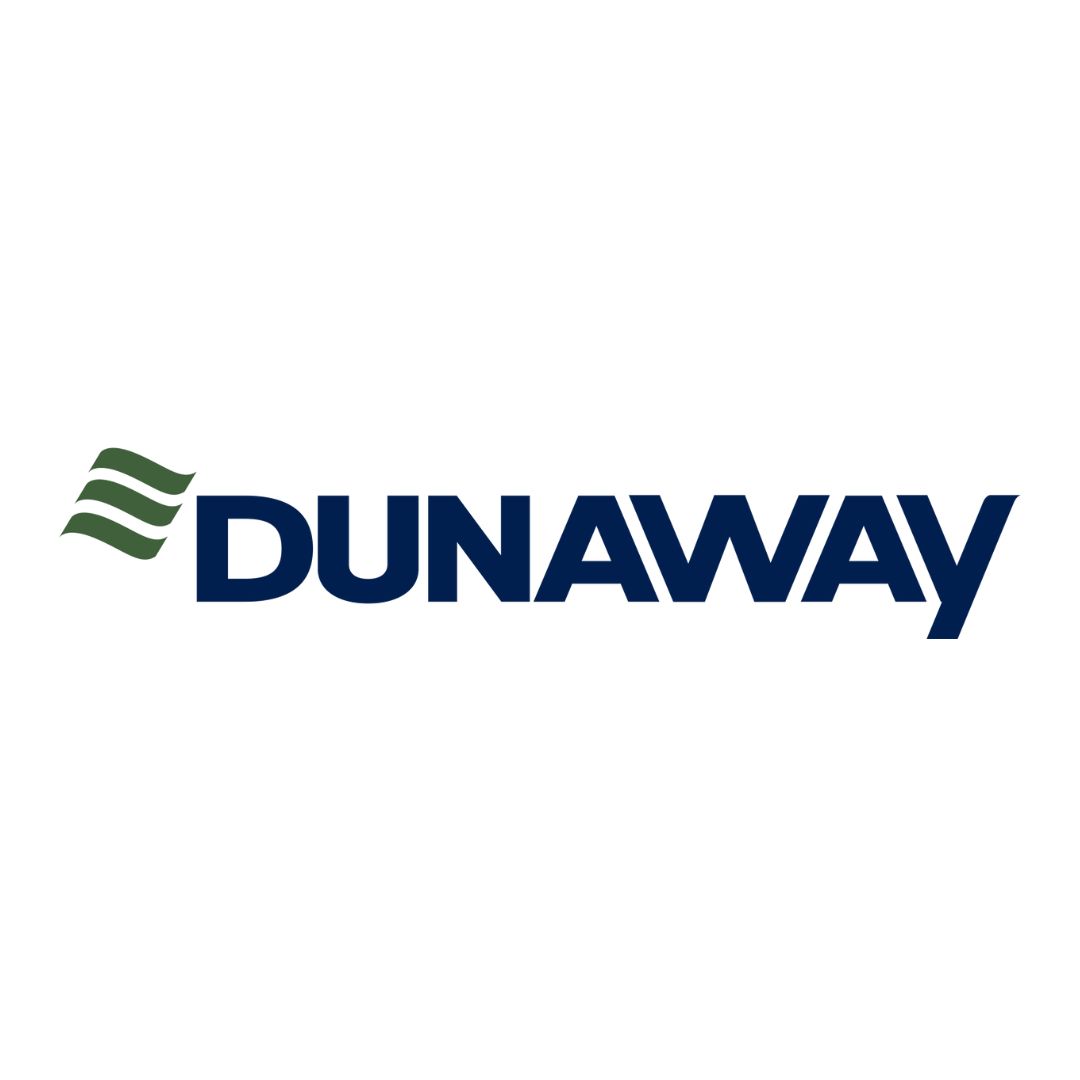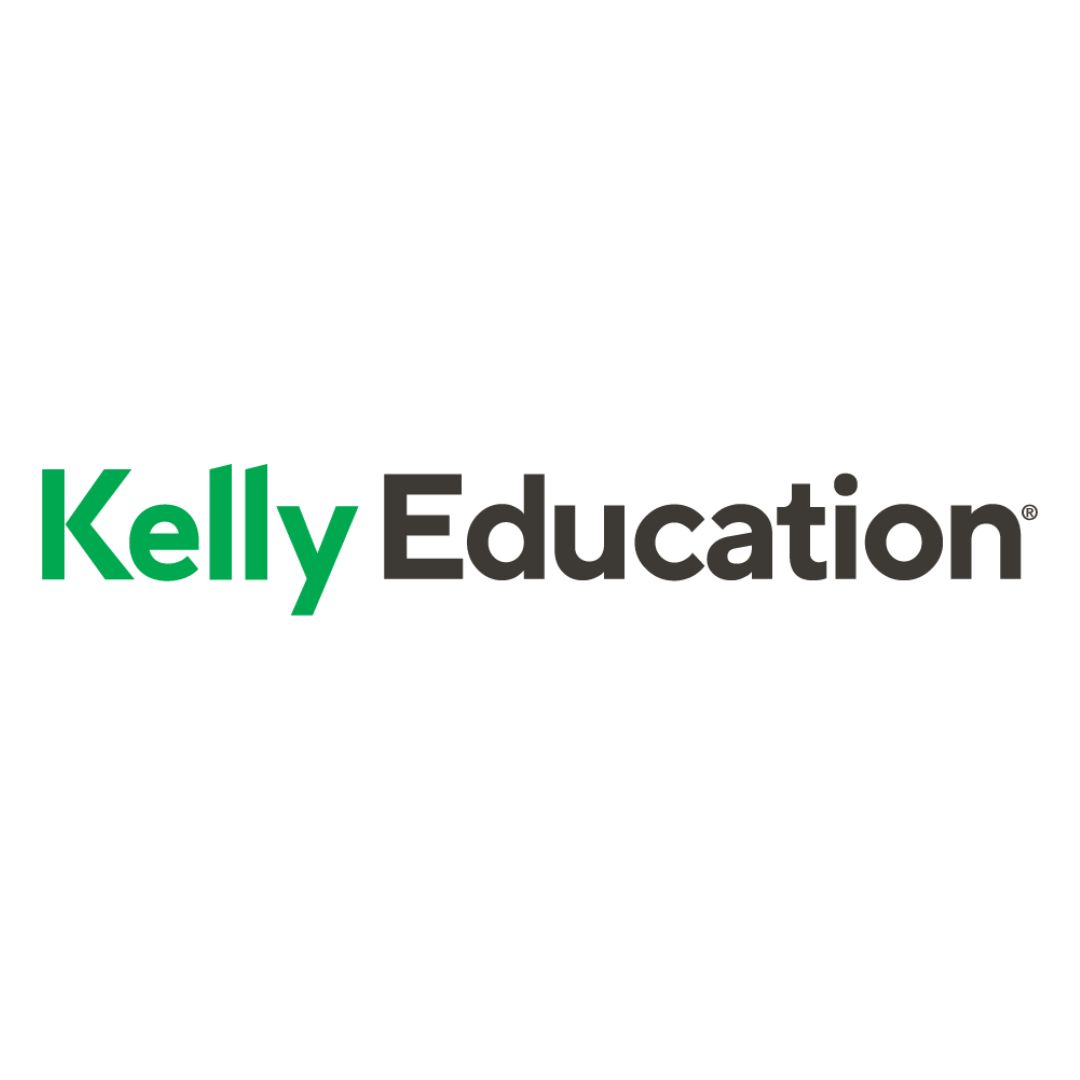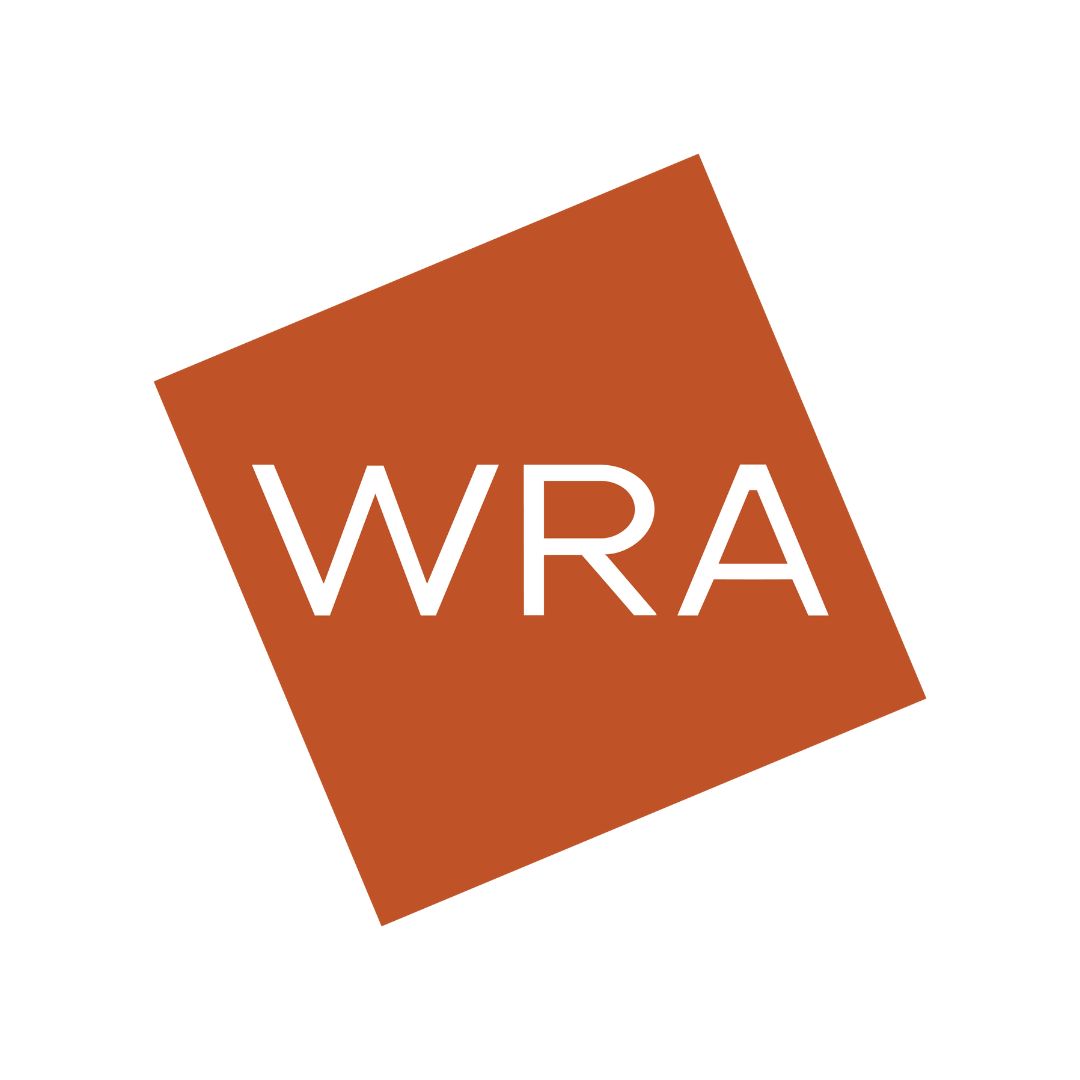“Cleveland ISD Needed Money. The State Sent Charter Schools Instead.”
The state’s fastest growing school districts are located in areas of rapid economic growth, business expansion, and significant population increases. Fast growing school districts must build new facilities to keep pace with their student growth, but over the years, the state’s portion of funding for new facilities has dwindled with some districts receiving little to zero in state dollars to keep pace with tremendous growth.
“During the last regular session of the Legislature back in the spring, [Superintendent Chris Trotter] asked lawmakers to grant him more flexibility in how he spends the school district’s money. He also lobbied the governor’s office to designate more state or federal funds to supplement local taxes. The Legislature allocated additional money for fast-growing districts, but not nearly as much as Trotter needed.”
Another challenge fast growth schools face is the result of rapid charter school growth, as Texas Monthly recently reported.
Texas Monthly’s Bekah McNeel digs into the challenges facing FGSC member district Cleveland ISD:
“Instead of offering funding and flexibility to the public schools, [Trotter] said, the state fast-tracked the expansion of charter schools that aren’t held to the same standards of community accountability or required to find a seat for every student regardless of ability or disciplinary status.”
It’s worth noting, the problems swirling around rapid charter growth and a lack of accountability aren't unique to Cleveland ISD or the districts in and around the Houston area. It’s a statewide issue.
Unlike traditional public schools, charter schools don't have an elected board, don't have to accept all kids, and don't need the approval of the State Board of Education.
Read more in Texas Monthly online here.












